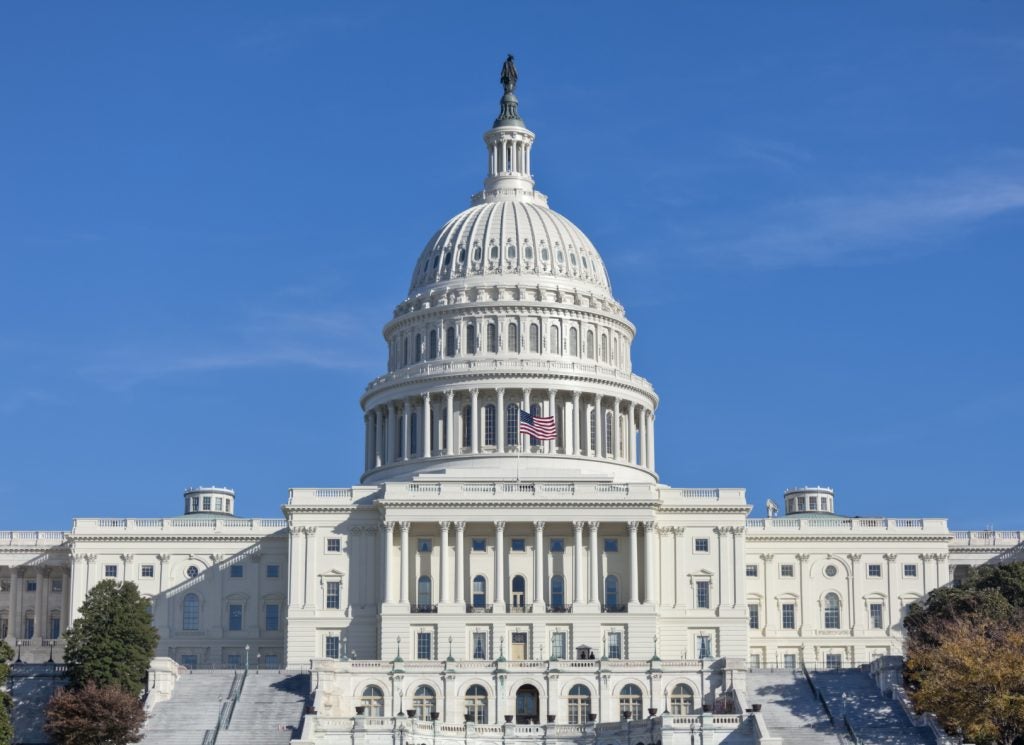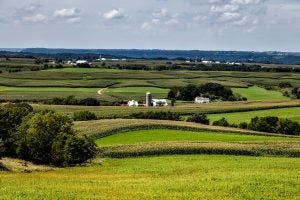Congress just sent a public lands package – appropriately called the John D. Dingell Jr. Conservation, Management and Recreation Act – to the president. Importantly, the legislation includes a permanent reauthorization of the Land and Water Conservation Fund (LWCF), a popular federal program that protects our public lands and waters including national parks, forests, wildlife refuges and recreation areas.
LWCF also provides critical grants for state and local parks and recreational facilities, and promotes voluntary conservation on private land.

Congressional action on LWCF demonstrates that bipartisanship is still achievable and works well to support conservation today, and with an eye toward the future. (Photo Credit: Mark Fischer)
Reauthorization of LWCF – adopted in the Senate by a vote of 92-8 and in the House of Representatives by a vote of 363-62 – can be attributed to the bipartisan and collaborative efforts of Sens. Lisa Murkowski (R-Alaska) and Maria Cantwell (D-WA) of the Senate Energy and Natural Resources Committee, Reps. Raúl Grijalva (D-AZ) and Rob Bishop (R-UT) of the House Natural Resources Committee, and so many other champions in both chambers. Read More »












 On paper, I appear to be the picture perfect stereotype of an east coast liberal: I’ve been working at environmental nonprofits for over 20 years, I’m an Ivy League grad, and I live in the “bluest” county in Virginia. When it comes to first impressions in the world of agriculture, I’ve been met countless times with skepticism and even contempt.
On paper, I appear to be the picture perfect stereotype of an east coast liberal: I’ve been working at environmental nonprofits for over 20 years, I’m an Ivy League grad, and I live in the “bluest” county in Virginia. When it comes to first impressions in the world of agriculture, I’ve been met countless times with skepticism and even contempt.
 Like all Americans, I woke up on November 9 to a new reality: A few more Democrats in Congress, and yes, a President-elect who promised to dismantle our nation’s core environmental protections.
Like all Americans, I woke up on November 9 to a new reality: A few more Democrats in Congress, and yes, a President-elect who promised to dismantle our nation’s core environmental protections.